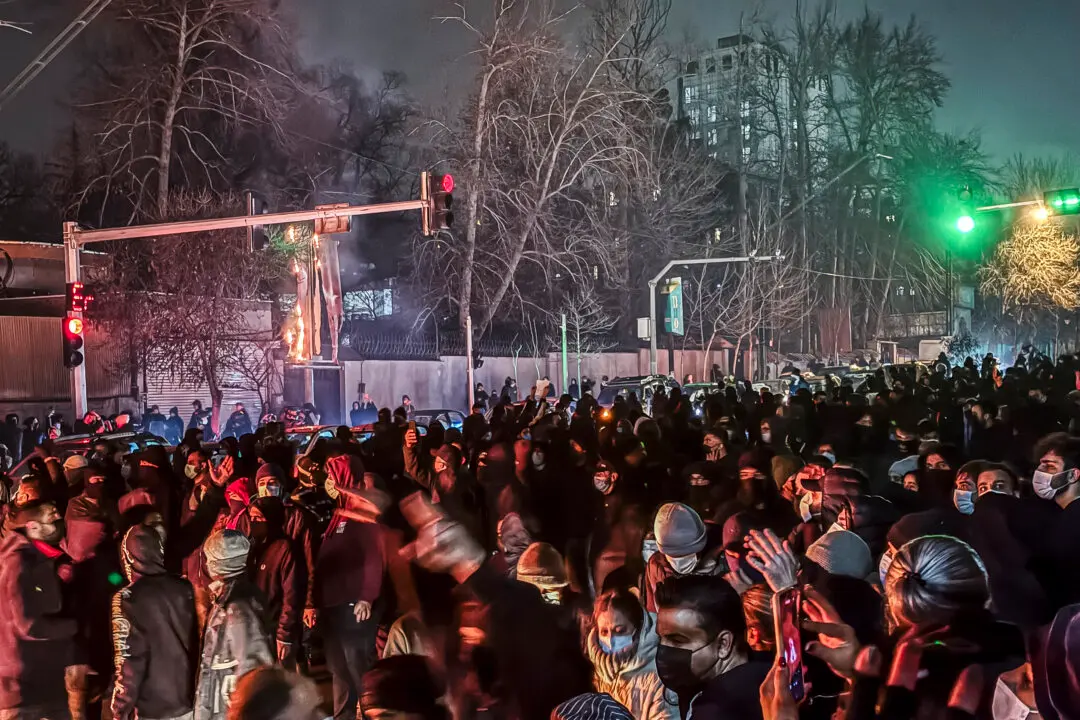Employees in Republican states have a higher quitting rate than those governed by Democrats, potentially indicating a more secure job environment in the red states.
Among the top 10 states with the highest resignation rates during the past 12 months, all 10 are Republican. This includes Alaska with a 12-month resignation rate of 4.18 percent, followed by Georgia with 3.86 percent, Kentucky with 3.74 percent, Montana with 3.69 percent, Wyoming with 3.66 percent, Mississippi with 3.53 percent, Idaho with 3.48 percent, South Carolina with 3.48 percent, Indiana with 3.42 percent, and Arizona with 3.37 percent, according to data from WalletHub.





